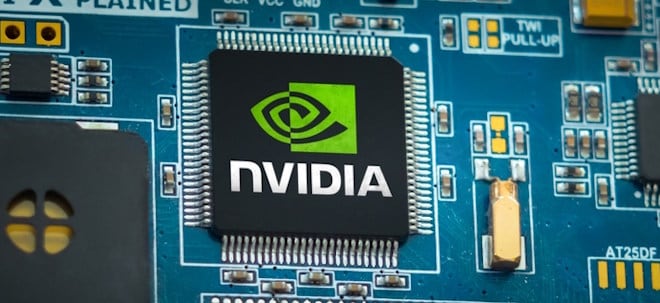While younger investors continue to pour money into crypto and tech, junior mining companies—which have quietly driven the discovery of the world’s minerals—are often left behind.The disconnect today between the modern investment thesis and a legacy sector responsible for the foundational pieces of the economy can be seen as both a challenge and an opportunity, according to
Canadian mining legend Jacques Bonneau.The former geologist recently sat down with CrashLabs host Denis Laviolette to explain the important role junior miners play within the commodity space, and why they have been mostly left behind by the new generation of investors in the past decade or so.He also drops a few snippets of his new book titled: The Art of Investing in Junior Mining. Published in late 2024, the book has garnered attention across the industry by offering both a nostalgic reflection and a forward-looking blueprint for navigating the high-risk, high-reward world of junior mining stocks.Juniors overlooked“Since the beginning of 2000, about 70% of the deposits in the world have been discovered by juniors,” says Bonneau, a 40-plus-year veteran in the industry.He went on to say that while junior miners have driven discovery, they’ve also lacked the scale, capital and risk tolerance that the majors had to flourish. “This has meant that outside of a few months in 2016 and 12 months in 2020, junior miners have experienced multi-year bear cycles.”However, Bonneau believes this trend will change in the short- to mid-term horizon, as mergers and acquisitions begin to heat up.“What I’m seeing right now is that the major companies are making so much money that they will start to invest in the junior exploration companies,” he notes, citing the recent surge in gold prices as a key incentive. “We should see that in the next one or two years,” the geologist-turned-investor predicts.When asked which companies currently excite him, Bonneau lists a mix of promising names including Hana Mining in Peru, Premium Nickel in Botswana, Probe Gold in Quebec, and Getchell Gold in Nevada. All, he believes, are undervalued with strong projects and potential catalysts on the horizon.Communication is keyBut capital alone isn’t enough, and Bonneau was blunt about what junior miners still get wrong: communication; the success of a junior miner often depends as much on its people as on its rocks.“You have the expertise, but the expert—say the geologist or the mining engineer—they are not able to sell it to the market,” he says. “They may have a very nice project, but… you cannot expect to do 10 times or 20 times your money.”Bonneau, whose career also included corporate leadership roles, lays out three traits to look for in a management team: entrepreneurial spirit, technical expertise, and the ability to communicate and build a network. “Without all three, even good geology can get lost,” he says.“It’s the same thing I say to every potential president,” Bonneau continues. “The best thing they can do when they start a junior exploration company is to find maybe four or five big investors… This is the most important thing, to have a good backup.”Canada’s challengesIn the interview, Bonneau also didn’t shy away from Canada’s development challenges—especially in Ontario.He cited the failure to advance projects like Niobec South in Ontario, despite its high potential. “Even the Niobec deposit in Ontario is better than the one in Quebec, but if the First Nations don’t want to see a deposit being developed 40 km from their reserve. Then what can you do?”He contrasted that with Quebec’s comparatively smoother pathway to development: “It’s easier to develop deposits in Quebec than in Ontario,” he says. “That deposit in Ontario could create 350 jobs for more than 50 years. Bonneau also touched on Canada’s contradictory stance on energy infrastructure. “Quebec is so pro-mining and so anti-pipeline. I don’t know why, really.”Still, for Bonneau, the passion for mining hasn’t faded. Even after retirement, he’s continued investing personally in junior stocks—not out of nostalgia, but strategy.“I started to look at different companies to find the best projects,” he says. “It was just for me—no personnel to manage, no shareholders to manage. It was just wonderful.”When asked what’s driving him now, he kept it simple: “To create value. That’s the same thing I was doing 40 years ago. It’s still what I’m trying to do today.”Catch the full interview below:
Weiter zum vollständigen Artikel bei Mining.com Weiter zum vollständigen Artikel bei Mining.com




